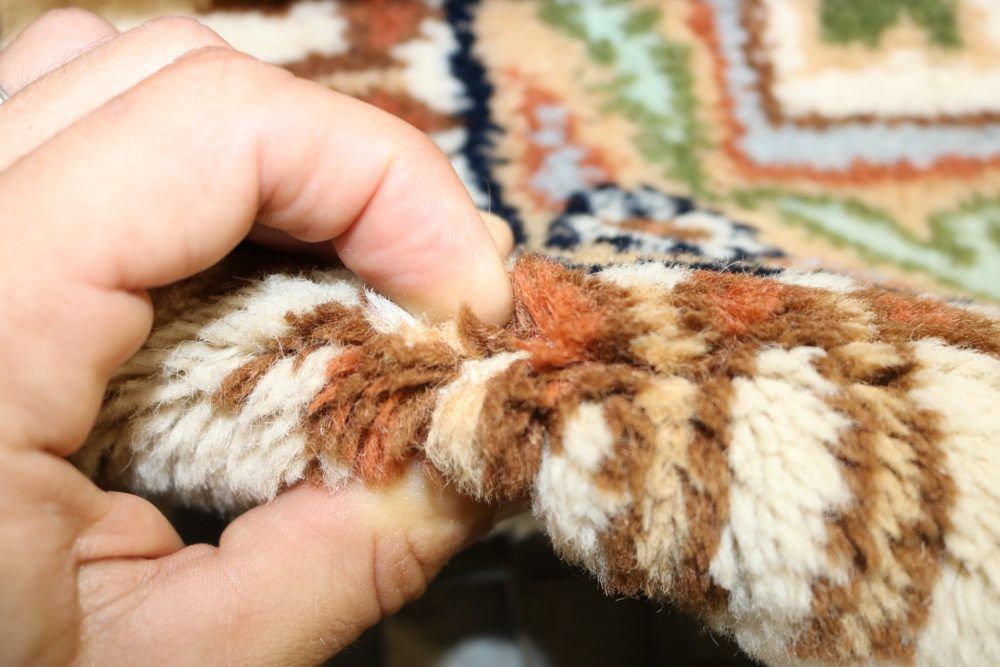
Tips For Checking A Rug For Damage
 Being a wool rug cleaner does come with it’s benefits, when it comes to servicing rugs. One of these benefits is the capability of being able to properly inspect a rug prior to purchase, maintaining, cleaning or moving. It may seem simple, but most of the inspection process is done simply with your eyes. The first thing to do is give the rug a good, slow visual inspection. Look for obvious signs of damage. This could be discoloration, bleeding dyes, rips, cracks, patches of missing pile or fraying fringes. There can be a hidden threat within a tightly woven natural fiber rug that takes a little bit more effort to locate. It is always good to check to see if the antique oriental rug is rotten or cracking, as the trade describes it. You’ll want to lay the rug on its face and look at the back to see if there are any light colored patches. If there are, these could be the first signs of mildew, which is something you should pay special attention to as you proceed with checking the rug. Fold the carpet across first in one direction and, after testing it, fold it in the other direction. Listen carefully as you twist the rug gently but firmly, gripping it in both hands.
Being a wool rug cleaner does come with it’s benefits, when it comes to servicing rugs. One of these benefits is the capability of being able to properly inspect a rug prior to purchase, maintaining, cleaning or moving. It may seem simple, but most of the inspection process is done simply with your eyes. The first thing to do is give the rug a good, slow visual inspection. Look for obvious signs of damage. This could be discoloration, bleeding dyes, rips, cracks, patches of missing pile or fraying fringes. There can be a hidden threat within a tightly woven natural fiber rug that takes a little bit more effort to locate. It is always good to check to see if the antique oriental rug is rotten or cracking, as the trade describes it. You’ll want to lay the rug on its face and look at the back to see if there are any light colored patches. If there are, these could be the first signs of mildew, which is something you should pay special attention to as you proceed with checking the rug. Fold the carpet across first in one direction and, after testing it, fold it in the other direction. Listen carefully as you twist the rug gently but firmly, gripping it in both hands.  Stop the instant you hear any splitting or cracking sounds. That would be the foundation threads snapping as the rug breaks up.
Stop the instant you hear any splitting or cracking sounds. That would be the foundation threads snapping as the rug breaks up.
If the rug passes the visual test on the surface and base of the rug, it should be in pretty good shape and ready for purchase, maintenance or cleaning If you are purchasing a rug or were gifted a rug (possibly a family heirloom) and you are not sure what material it is made of, you can check for that as well. Fiber identification can be a bit more difficult if you are not a professional who performs these checks daily. Most natural fiber textile floor coverings are made of Wool and Silk. There are some certain characteristics that each of these materials have that can help when trying to determine the material. Silk should not feel brittle, no matter how old it is. It should always feel soft and smooth. Wool on the other hand, will greatly vary with age. As wool grows older, the lanolin in the fibers begins to dissipate and although a wool rug may look like silk, it will feel quite firm and sometimes even bristly. If you are unsure and really need to start at the very beginning of fiber identification, you can perform a burn test.
 A simple burn test can determine whether your rug is made of natural fibers or synthetic materials. To perform this test, you simply need a lighter and a single fiber strand from the rug to be tested. While performing this test, remember to be careful. It does involve fire, which can cause serious injury. Hold one end of the individual fiber and simply burn the other end. If the fiber is natural, it will burn just like hair. It will burn away, leave some black soot and smell like burnt hair. If the fiber is synthetic, it will ball up as burned and it will smell like burnt plastic. The odor is not pleasing either way, but burning the wrong synthetic material can become toxic. Remember to remain safe when performing this test!
A simple burn test can determine whether your rug is made of natural fibers or synthetic materials. To perform this test, you simply need a lighter and a single fiber strand from the rug to be tested. While performing this test, remember to be careful. It does involve fire, which can cause serious injury. Hold one end of the individual fiber and simply burn the other end. If the fiber is natural, it will burn just like hair. It will burn away, leave some black soot and smell like burnt hair. If the fiber is synthetic, it will ball up as burned and it will smell like burnt plastic. The odor is not pleasing either way, but burning the wrong synthetic material can become toxic. Remember to remain safe when performing this test!
As always, we hope these tips will help when you need to inspect a rug. Whatever the reason for the inspection, it is good to know exactly what you should be looking for. If you have any questions, you can always reach out to us. Our staff is knowledgeable on all things rugs and is always eager to help!
More Articles
Categories

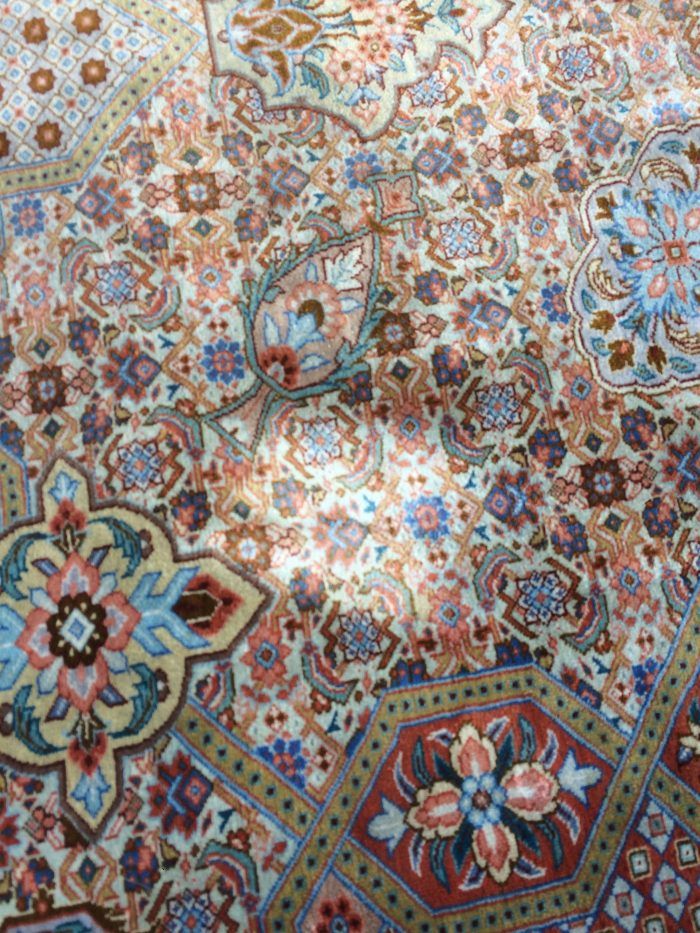

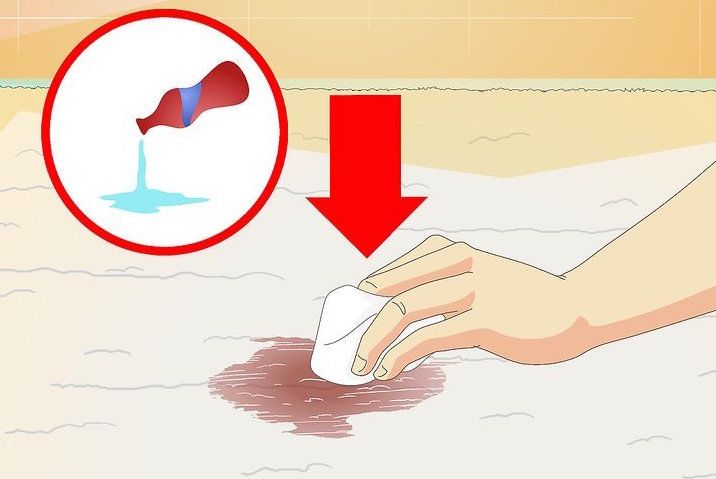
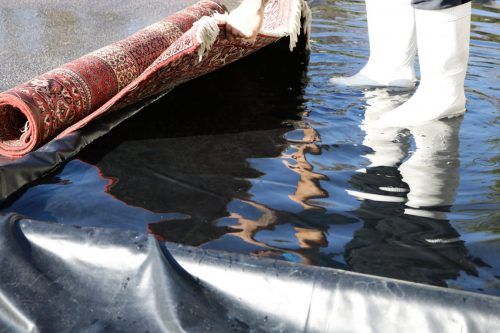
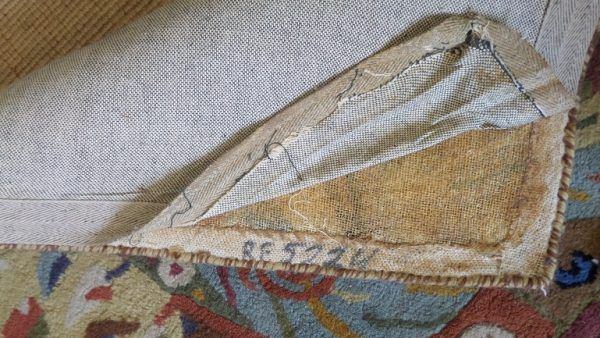
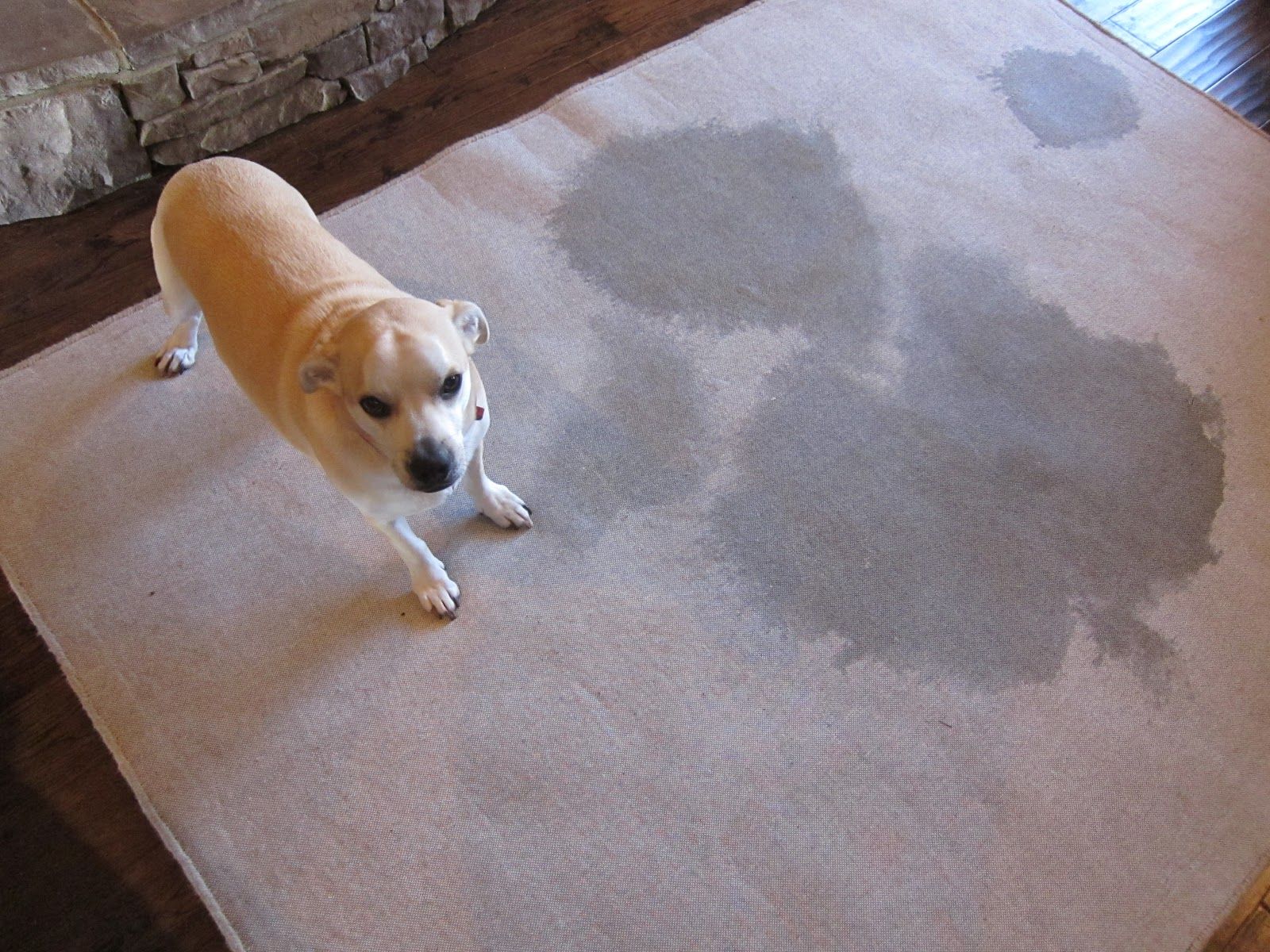
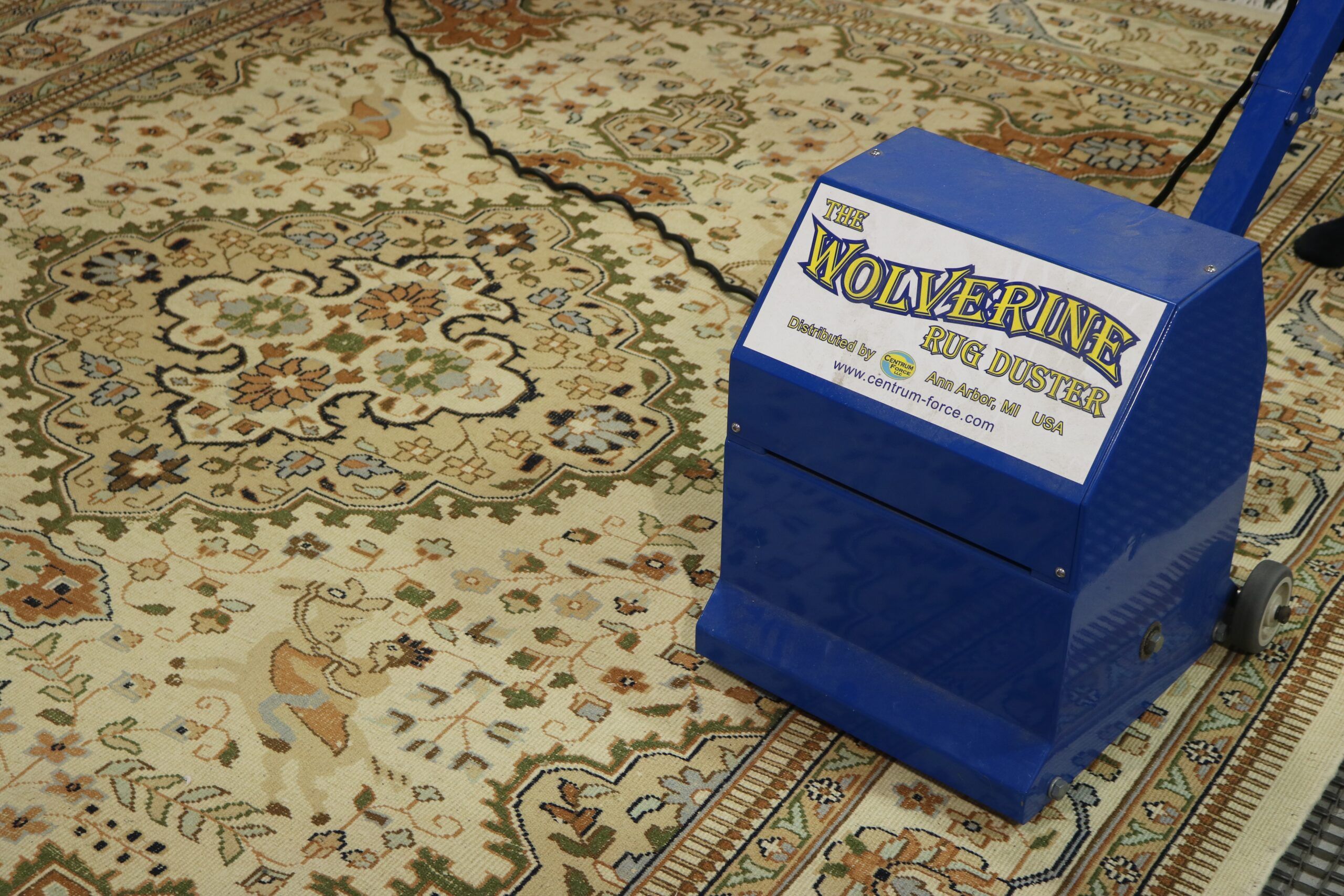
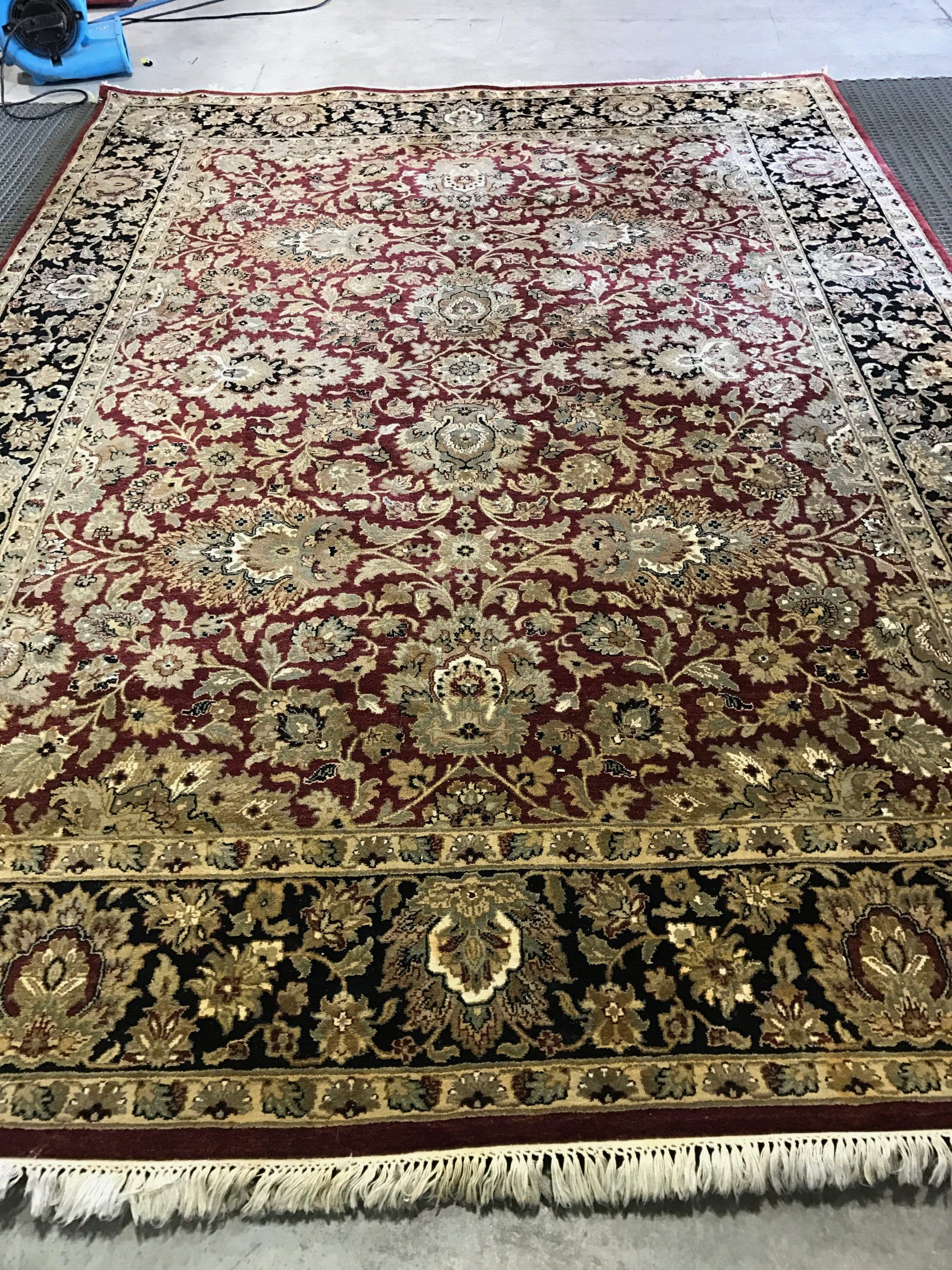
Leave a Reply